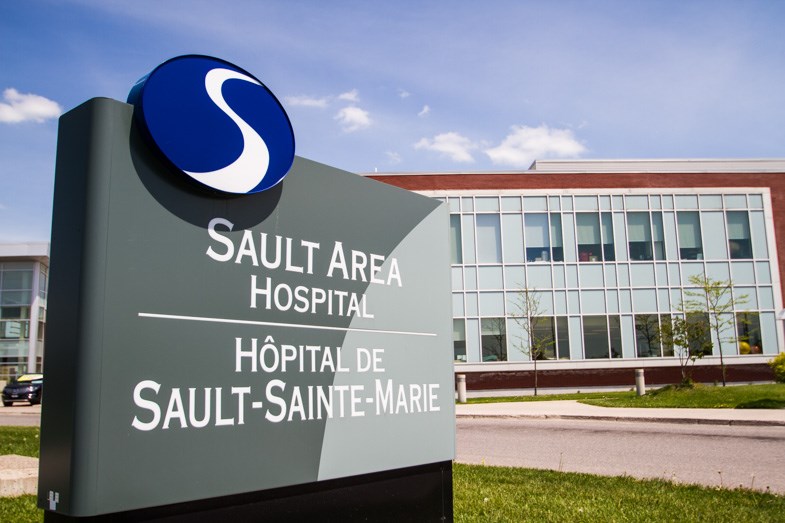The Sault Area Hospital (SAH) board of directors spoke of the need for a new Level III Withdrawal Management Services facility during its monthly meeting Monday.
The proposal and funding request for a new facility, described as a 'co-locating' of existing and potential new mental health and addictions services, would be a replacement for the existing 16 bed SAH detoxification centre located at 911 Queen St. E., and was first approved by the board in October.
It is hoped the proposal for a new 33-bed Withdrawal Management Services facility will be approved by the Northeast LHIN at its February meeting, with the proposal for the new centre and operational expenses to be then moved up the ladder to the Ministry of Health for the green light.
SAH will request $11 million for construction of the facility, with an additional, ongoing request for $5.8 million for operational expenses (on top of the current $1.1 million it receives for the existing detox centre).
Liz Ferguson, SAH vice president of clinical operations, told SooToday it is not yet certain where the new facility would be located.
“We’ve done a lot of searching. If the capital funds are approved that opens up a whole different strategy for us because then we can actually go looking for property for a new build,” Ferguson said.
“The property we need to select needs to serve the patient population.”
Final government approval could take a while, said Ron Gagnon, SAH president and CEO, or, “if the stars align, it could move fairly quickly.”
“If there’s a need, a demonstrated need, a demonstrated willingness at a provincial level to be making investments and at a federal level, we need to capitalize on that.”
Clearly, the need for such a facility exists.
In a presentation to the board Monday, Ferguson said data shows Algoma has a higher rate of emergency department visits related to opioid use and higher rates of hospitalization within the Northeast LHIN.
“The data is pretty compelling,” Ferguson said.
In Algoma, there are, on average, 59 ED visits, 41 hospitalizations and 12 deaths related to opioid use out of every 100,000 people, compared to 40 ED visits, 23 hospitalizations and eight deaths linked to opioid use out of every 100,000 in the Northeast LHIN area.
That compares to 31 ED visits, 13 hospitalizations and six deaths linked to opioid use out of every 100,000 people in Ontario.
“20 years ago it wasn’t uncommon to have middle-aged men with alcohol issues. Now we have patients of all ages who are into substance use, street drugs like heroin and methamphetamines as well as the opioid crisis and sometimes intermixed with alcohol, males and females…so the patient population has really changed quite a bit,” Ferguson told the board.
“While the staff (at 911 Queen Street East) takes great pride in keeping that facility clean and hospitable as possible, it has outgrown (its usefulness)…it’s time for a new home, and it has been identified as an urgent need in our community,” Ferguson said.
Currently, female patients at the detox centre are placed in an observation room with male patients, then referred to a variety of community agencies for further help.
The proposed new facility would offer on-site pregnancy tests, STD/HIV testing, pregnancy and sexually transmitted disease counselling, appropriate medication for those withdrawing from drugs and/or alcohol, access to a doctor for physical assessment, male and female patients separated, and follow up appointments provided by a nurse.
The centre would provide for day and evening treatment programs, an outreach program to provide harm reduction, transportation to and from appointments for patients, and a safe bed program to ensure patients are stabilized and not sent back out into the community before arrangements are made for them to get the follow up care they need, the board was told.
Up to 20 community agencies have indicated their support for the new centre, Ferguson said.
The Level III Withdrawal Management Services facility, if and when it is built, would be the fourth such centre in Ontario.
Level I and II withdrawal management involves a supportive environment such as residential withdrawal, whereas Level III also involves medical withdrawal management.
“It’s about finally treating mental health and addictions like we’ve always treated cancer or dialysis…it’s a physical disease. We’ve under-invested as a system in this area,” Gagnon told the board.
